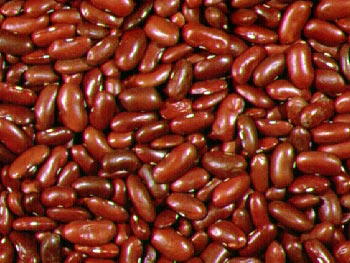Did you know?
 Not only may this plant invade a parking lot near you, but in
Central America it is commonly used as an herb for cooking. In
these countries this plant is especially used in
traditional bean dishes because it is believed, by the Natives,
that it helps stave off the gas that usually accompanies a
delicious dinner dish where the main component is beans.
Not only may this plant invade a parking lot near you, but in
Central America it is commonly used as an herb for cooking. In
these countries this plant is especially used in
traditional bean dishes because it is believed, by the Natives,
that it helps stave off the gas that usually accompanies a
delicious dinner dish where the main component is beans.
Why stop at simply flavoring the occasional bean dish? In many parts of the world the leaves have been used in place of tea. Most of these teas are used for Medicinal purposes, but for countless individuals it is just considered a delicious drink.
 Have
you ever considered how many seeds a plant produces for
reproduction? Well one Chenopodium a. plant produces
thousands of tiny black seeds in small fruit clusters.
Have
you ever considered how many seeds a plant produces for
reproduction? Well one Chenopodium a. plant produces
thousands of tiny black seeds in small fruit clusters.
Did you ever wonder about Chenopodium ambrosioides' flowering season? This plant flowers from July to September and the fruits ripen through the fall and are collected in October.
Cramps can be a real pain for the modern day woman who is menstruating, but what did women do before modern medicine? American aborigines used the oils they would extract from the leaves to treat painful menstruation.
Not only is this plant used by many as a medication, a delicious drink, and a means to relieve gas, but it is also used as a fragrance component in soaps, detergents, creams, lotions, and perfumes.
But wait why stop there? Research is currently being done that is exploring the anti-fungal affects of this plant, preliminary results look promising, but further studies will need to be conducted to ensure accuracy.
I hope these interesting facts (keep in mind there are many more) illustrate that Chenopodium ambrosioides is much more than a traditional 'weed.'
If you would like to learn more about plants used to 'spice things' up a bit check out Zingiber officinale, Mentha piperita, and Piper nigrum.
Next:
Contact Me
Back to
Home